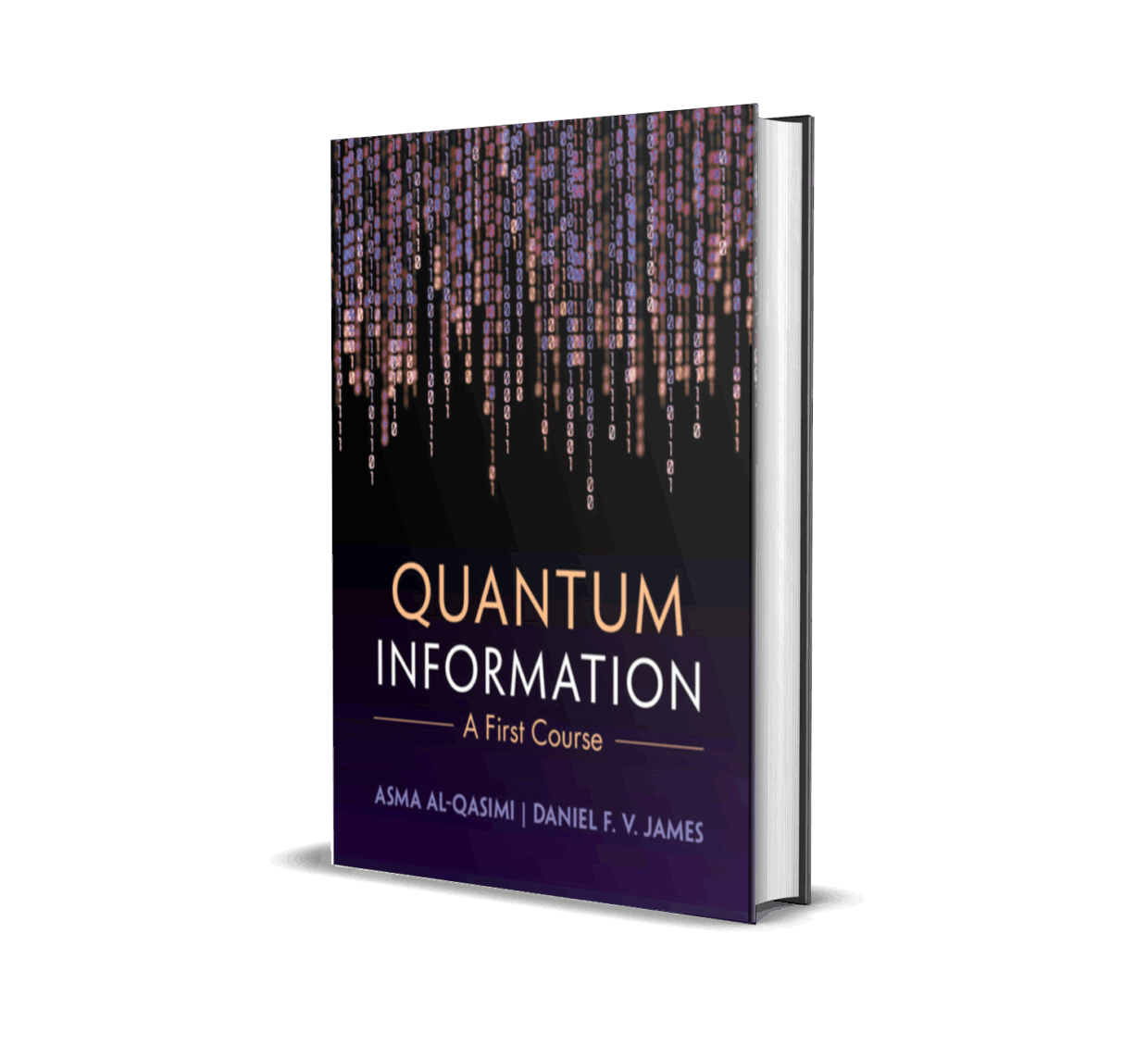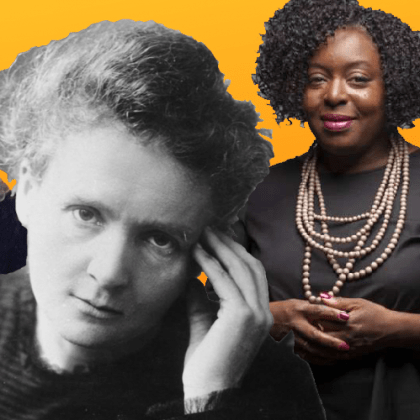Happy 100th Birthday Quantum Mechanics
Quantum Mechanics celebrates its centenary in 2025, but we should update how we teach it, say Cambridge authors Asma Al-Qasimi and Daniel F. V. James.
There are two approaches to teaching “quantum”. The first, founded on historical and empirical principles, starts with the failures of classical physics in the late 19th Century. It builds on the work of Planck, Einstein, Bohr and the rest, then dives into the world of partial differential equations and solves problems of increasing complexity – the square well, the harmonic oscillator, the hydrogen atom and so on – using properties of mathematical special functions, largely named for 19th Century French or German mathematicians. Classic textbooks like Introduction to Quantum Mechanics by David Griffiths or Quantum Mechanics by Leonard Schiff exemplify this pedagogy; it’s how we learnt it, and if it ain’t bust, why fix it?
The alternative is the axiomatic line of thinking pioneered by Dirac and von Neumann, which, while superlatively elegant – and no-one can deny “beauty is truth, truth beauty” as the poet John Keats put it – nevertheless represent a steep learning curve for the new student, even with such renowned texts as J. J. Sakurai’s Modern Quantum Mechanics or Ramamurti Shankar’s Principles of Quantum Mechanics as a guide.
Currently, the neophyte quantum mechanic has to master a course – or more likely a sequence of courses (plus the concomitant mathematical pre-requisites) – based on one or both of these lines of thought. Quantum mechanics on its own, as it has been traditionally taught for decades, can be an unintuitive and dry subject; students often lose sight of the importance of quantum concepts and the big picture. Only after years of application and perspiration can the student hope to encounter the details of exciting modern developments like topological matter, on-demand entanglement and Shor’s algorithm. Does it have to be done this way? Must we make our young suffer so?
Wouldn’t it be better to teach them a compelling modern application, like quantum information, early on in their second year of university, introducing concepts – both physical and mathematical – as and when needed, thereby reinforcing the quantum concepts involved on the way to cement a foundation that has a physical meaning? If done well, such an approach will get the students hooked early, providing them with essential skills, an informed attitude and, most importantly, a strong motivation to tackle a more comprehensive course along traditional lines: Quantum teleportation is a far better way to motivate the youngsters than the Stern-Gerlach experiment!
With this in mind, we present our new textbook Quantum Information: A First Course in which we hope to take the new learners by the hand and guide them through the maze, introducing concepts as and when necessary until a sound understanding of this exciting new technological field is established. Better living through quantum information!
Quantum Information: A First Course is out now in hardback, with digital formats coming soon.

“Quantum Information: A First Course is a delight. Al-Qasimi and James have written a masterful and accessible text that seamlessly blends mathematical, physical, and occasional literary exposition.”
Andrew White, University of Queensland
£49.99/$64.99 | Hardback | 2025
9781009514729 | 315pp
About the authors
Asma Al-Qasimi is a researcher in quantum information and optics at the University of Rochester and she obtained her degree in physics and mathematics from the University of Toronto. She is a former APS Blewett Fellow and has received awards for her contributions to the teaching of undergraduate quantum mechanics.
Daniel F. V. James is Professor of Theoretical Physics at the University of Toronto and has been working in quantum information science and technologies for nearly 30 years. His achievements include the first tomographic measurement of an entangled state, the first experimental realization of deterministic quantum teleportation and an early proof of principle demonstration of Shor’s algorithm.






